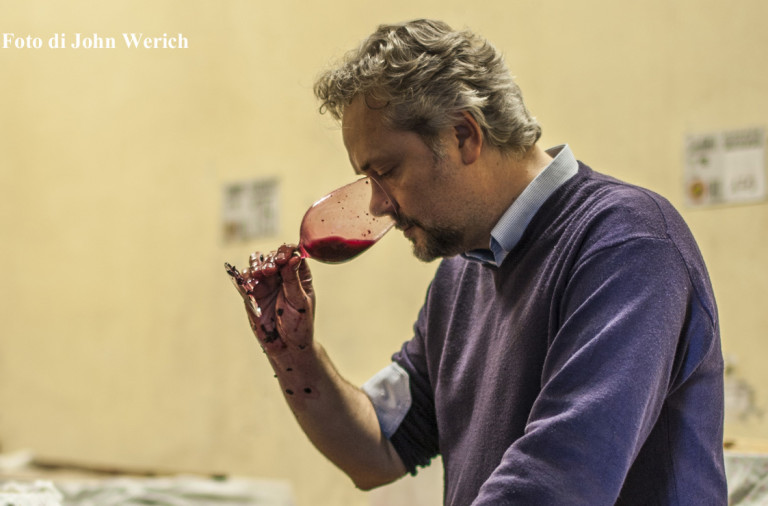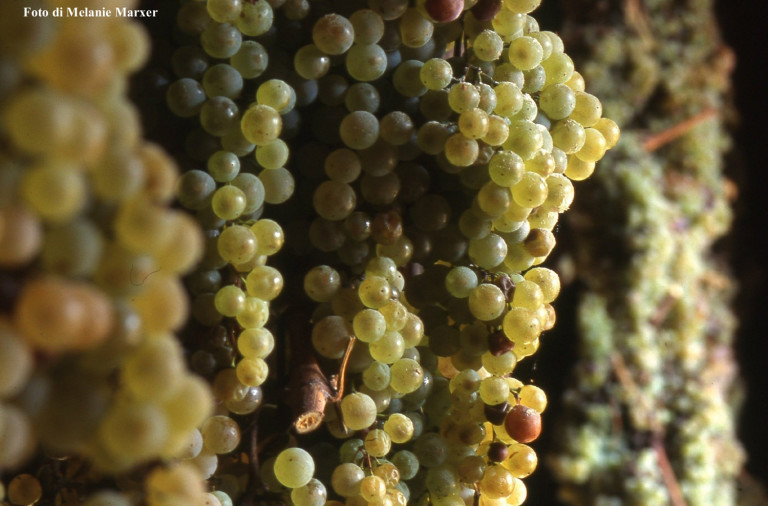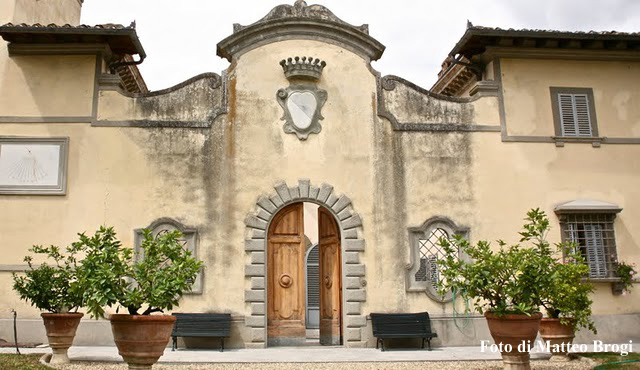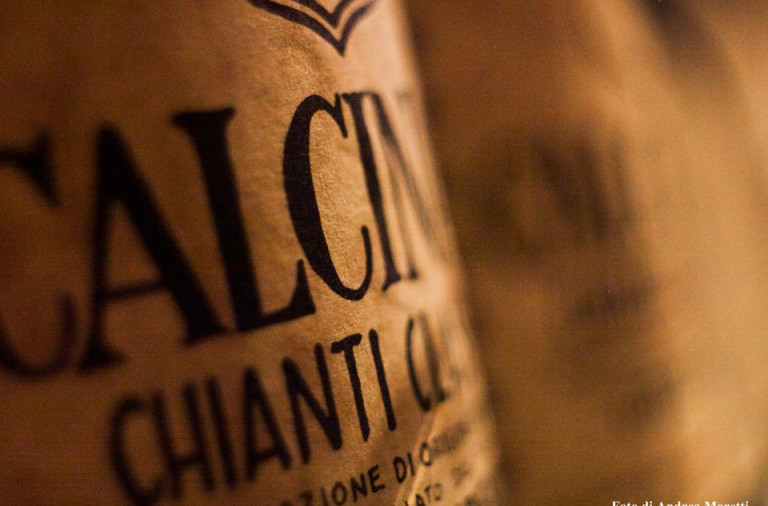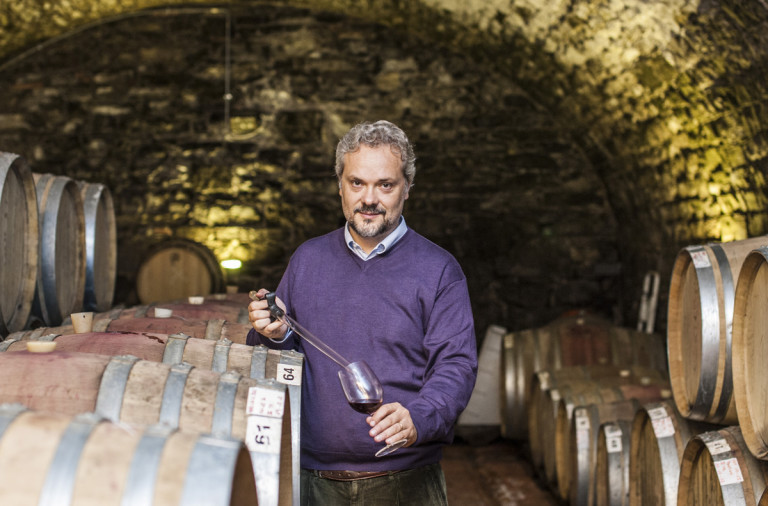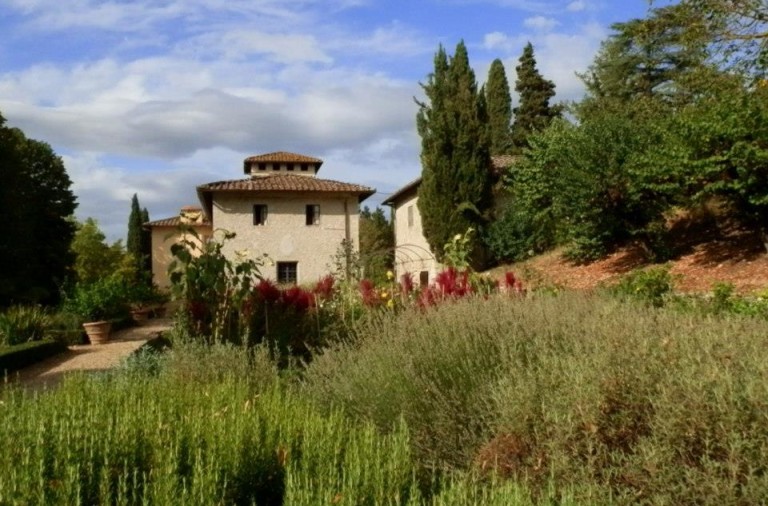Articolo disponibile anche in: Italian
Count Sebastian Capponi personally accompanies us on a long visit to Villa Calcinaia, set in the hills that go from the valley of Gabbiano towards Greve in Chianti.
“The first 4 farmsteads were bought in 1524 by Nicola di Andrea Capponi. He bought Calcinaia, Sepale, Bastignano and San Piero al Pino. We have always produced wine for consumption here, in bottles since the end of the 1950’s, beginning of the 60’s. It was originally sold loose or in flasks, or assigned to the SEVA cellars”.
“I arrived in 1992, my itinerary different from many. I had children, got married, got a degree and was then licensed. Until 1997, Matteo Gestri, son of the historic Mauro Gestri, was in charge. I graduated with a degree in political science and slowly learned the craft of winemaking; I was born here and visited every summer to make some money. To run a business is important; the main problem here was that of an historic winery which had a large development on the Italian and foreign markets in the years 1960-1970. We had a moment of flux from the mid 80”s to the 90’s, missing out on the golden decade. To start over in 1997 was really difficult”.
The property currently consists of 215 hectares, one of the largest in the Chianti Classico region. We ask about the “ideal” wine that Villa Calcinaia could produce. “Due to the size of the company and the diversity of its lands, the ideal would be to arrive at a vineyard….a bottle; a “borgonotta” concept with wine that reflects the vineyard.. Sangiovese doesn’t lie from this point of view. Slowly we are getting there. Bastignano is our first ‘Cru”” to which we recently added La Fornace and Contessa Luisa”.
He speaks of quantity: “We now produce between 105-110 thousand bottles.., almost the limit. For some vintages we consider Villa Calcinaia “historic” and keep it in our cellars for a few years before putting it on the market. According to me, a cellar that has aspirations has to have important historic wine. For example, recently in Bologna we took a “verticale” from 1968 to our days. In fact , we have made a specific pricelist for historical vintages”.
We ask what he is looking for when he uncorks very old wines: “I am surprised each time; if the bottle is in good condition, the wine is stupendous and fascinating. It can not be perfect as far as ‘enological correctness’ is concerned. For example, 1975 was surprising even from the freshness point of view; our cellar man, Francesco Checcucci called it ‘grandpa’”.
“The wine cellar”, continues Capponi, “ needs to safeguard the work that was done in the vineyard (of fundamental importance); a good cellar man and enologist is he who can maintain this in the vineyard. It is a bit like building a house (the vineyard) and protecting it (the cellar). Our production is organic. The olive groves were certified in 2000 and the vineyards in 2014. The older vineyards have had an organic production since 2008”.
Because, he underlines, “the concept starts from the fact that we live here. Quality begins at home; you need to do well where you live. Then we can think of other things, to manage and deal well with the people who surround us”.
Matteo Pucci
